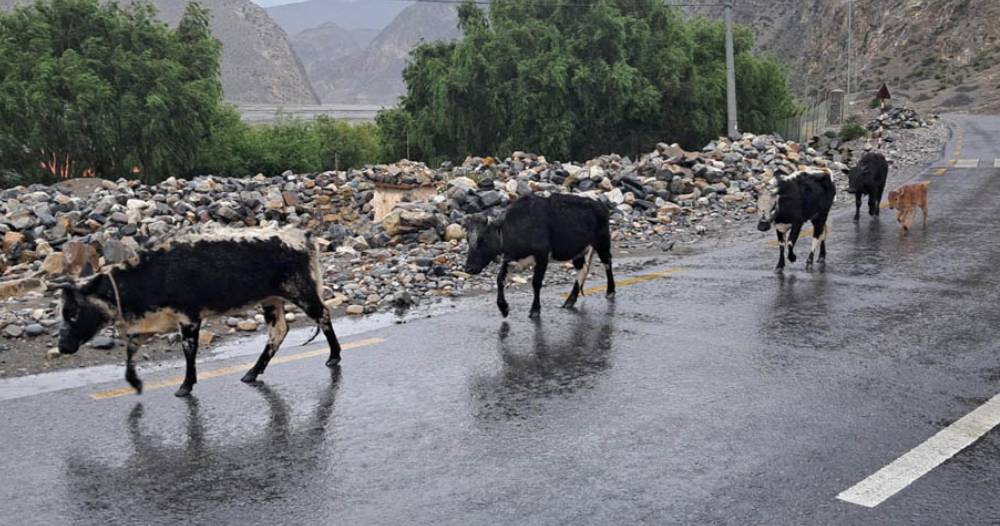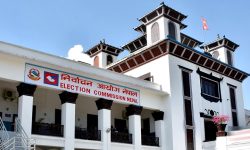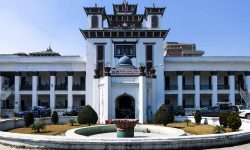‘Native breed of dwarf lulu cows awaits conservation’

Mustang . Lulu cow (a native breed of Mustang) is among the species of cow rearing by the farmers in Himalayan districts – Mustang, Manang and Dolpa. The Himalayan small-sized cows which believably have noticeable contributions to strike balance in the ecosystem, however, now are on the verge of extinction. The dwarf lulu cow reared in the highlands of the Himalayan region is somewhat smaller than other cows. It is reared at high altitudes above 2,500 meters from sea level. Dr.
Lalmani Aryal, Head of the Veterinary Hospital and Animal Service Expert Center, informed that the lulu cow, traditionally nurtured in Mustang for generations, is currently in a state of decline. He shared that there were more than 10,000 lulu cows in Mustang around ten years ago, but now the number has declined to six thousand. Presently lulu cows are being reared across the five municipalities of Mustang. “The native breed of the small cows are decreasing in number every year in Mustang. Local farmers apparently do not care much about its conservation”, Dr. Aryal added.
“Due to low milk production and other alternative income opportunities, no one has paid attention to the conservation of lulu cows in the district. Farmers in Mustang have been keeping lulu cows for fertilizer for crop production. Head of the Livestock Branch of the Dhorpajhong Rural Municipality, Aitalal Thakali, stated that farmers have neglected lulu rearing since the cows of the species produce significantly less milk compared to other cows. “Farmers do not seem sensitive towards conserving lulu cows, which has become a serious concern”, Thakali said. “Lately the rural municipality has also come up with a policy and programme to encourage farmers to conserve lulu cows”, it is informed.
The lulu cows being raised by the farmers of Mustang are also considered a biological dimension of Himalayan tradition and culture. However, with the impact on local biodiversity and culture, there is an increasing threat to the existence of lulu cows raised in Himalayan regions, according to livestock branch chief Thakali. Recently, with the expansion of road networks and technology, farmers in Mustang have gradually abandoned raising lulu cows.
Ajit Thakali, a farmer from Gharpajhong, noted that the farmers have also started neglecting lulu cow rearing in Mustang. “Some farmers have switched off their focus on agricultural production and hotel businesses”, he shared. Previously, a single household used to keep up to 10-12 lulu cows, but now, as Thakali claims, there are often no lulu cows in a household at all. He explained that the belief in the need to protect lulu cows has been overlooked with the development of agriculture and tourism. Lulu cows generally produce up to one liter of milk in the morning and evening. Due to lower milk production and higher labour and costs, the lulu cows in the Himalayas are being neglected.
Additionally, there is a challenge in preserving lulu cows in Mustang with rising threats from dogs and snow leopards. Climate change has led to the rise in ground temperature, drying up water sources in high pastures and valleys, and loss of grass in grazing areas. It has also appeared as a key threat to the existence of the Himalayan breed.
It has been found that when the cows of special species are unable to manage food on their own, they are compelled to complete their diet by eating papers scattered around the streets and food thrown away by others.








Comments